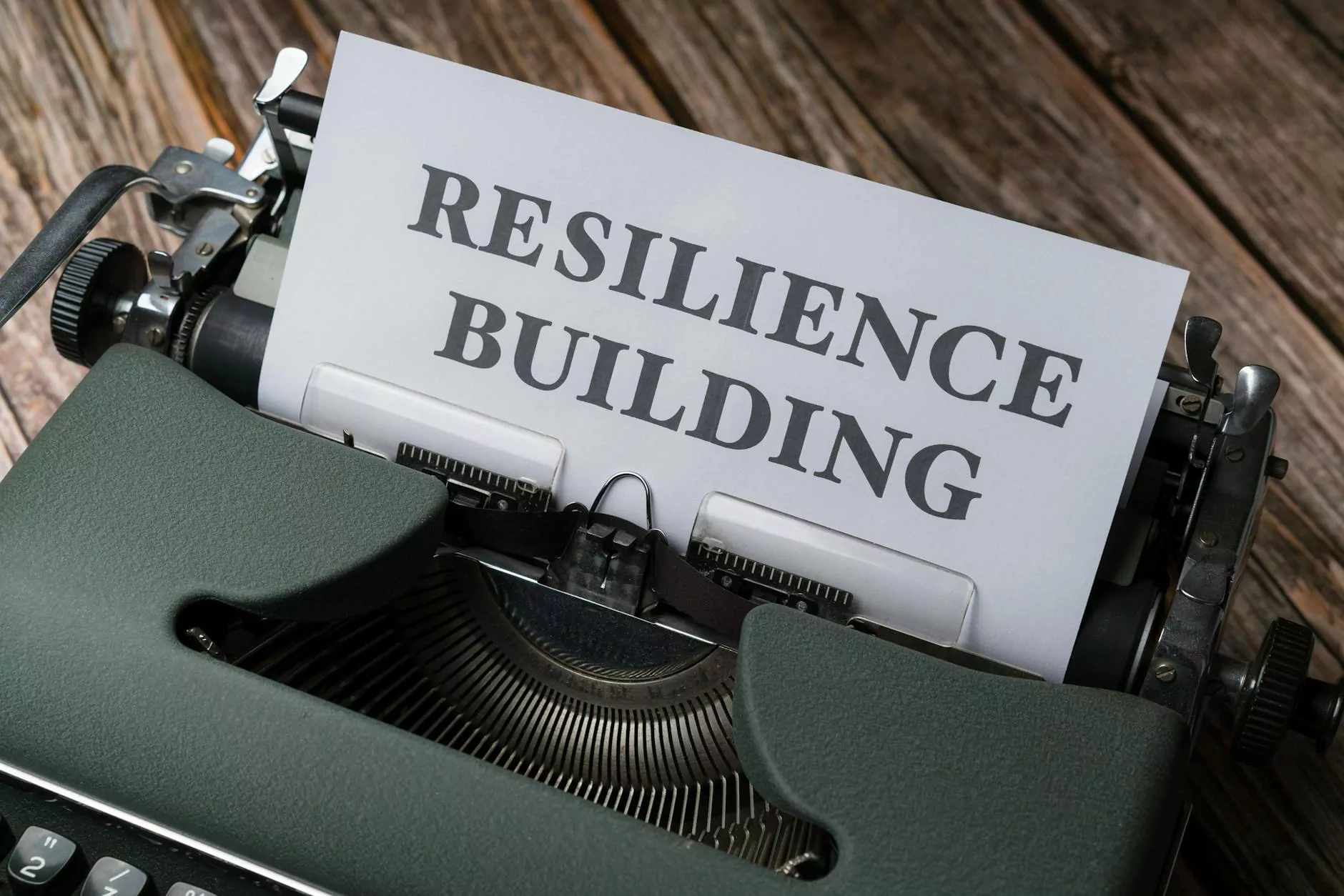Is Gravity the Friction of Space-Time?
Blog
The Concept of Gravity and Space-Time
Gravity is a fundamental force in the universe that governs the motion of objects. It is often described as the attraction between two masses, but have you ever wondered if there's more to it? In this article, we will explore the captivating idea of whether gravity can be thought of as the friction of space-time.
The Nature of Friction
Before diving into the concept of gravity as the friction of space-time, let's first understand what friction is. Friction is the force that opposes the motion of objects when they come into contact with each other. It arises due to interactions at the atomic level, where irregularities on the surfaces of objects cause resistance as they slide against each other.
Gravity as a Curvature of Space-Time
According to Albert Einstein's theory of general relativity, gravity is not a force in the traditional sense, but rather a consequence of the curvature of space-time. This theory revolutionized our understanding of gravity by proposing that massive objects, such as planets or stars, warp the fabric of space and time around them.
So, how does this relate to the concept of gravity as the friction of space-time? Imagine space-time as a vast, interconnected fabric. When a massive object is present, it creates a dent or curvature in this fabric. Other objects moving through space-time will then "follow the curves" created by the presence of this massive object, much like a ball rolling down a hill due to the force of gravity.
Exploring the Similarities
Now that we have a basic understanding of both friction and the curvature of space-time, let's delve deeper into the similarities between them.
Interaction with Matter
Friction arises when objects come into contact with each other. Similarly, the curvature of space-time due to a massive object affects the motion of other objects in its vicinity. Matter interacts with the warped space-time, leading to the gravitational attraction we observe.
Resistance to Motion
In the case of friction, the irregularities on surfaces cause resistance when objects attempt to slide against each other. Similarly, the curvature of space-time creates a resistance to the motion of objects, making them "fall" towards the massive object. This resistance can be likened to the effect of gravity.
Effects on Trajectories
Friction influences the trajectory of objects, altering their path as they slide against each other. In a similar manner, the curvature of space-time caused by a massive object affects the trajectory of other objects in its vicinity, causing them to follow curved paths dictated by the contours of space-time.
Conclusion
While the idea of gravity as the friction of space-time is certainly a fascinating concept, it is important to note that this analogy serves as a way to envision and understand the intricate nature of gravity. Whether gravity is truly the friction of space-time is still an ongoing subject of research and debate among physicists.
In conclusion, in this article, we explored the intriguing concept of whether gravity can be considered as the friction of space-time. We discussed the nature of friction, the curvature of space-time, and the similarities between them. Although the analogy between gravity and friction can help us visualize certain aspects, it is essential to remember the complexities involved in understanding the fundamental force of gravity.




